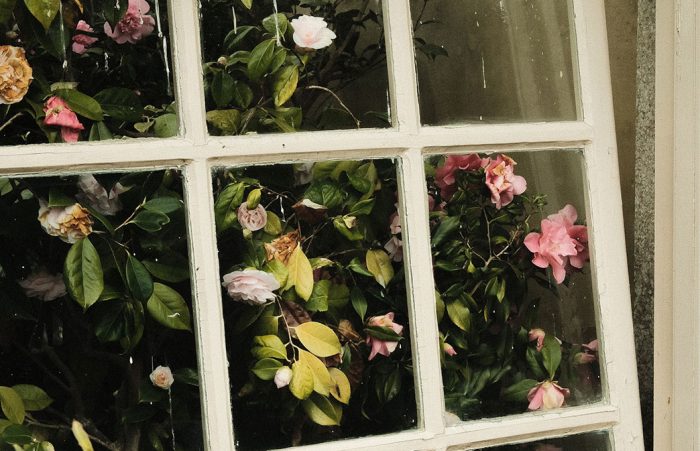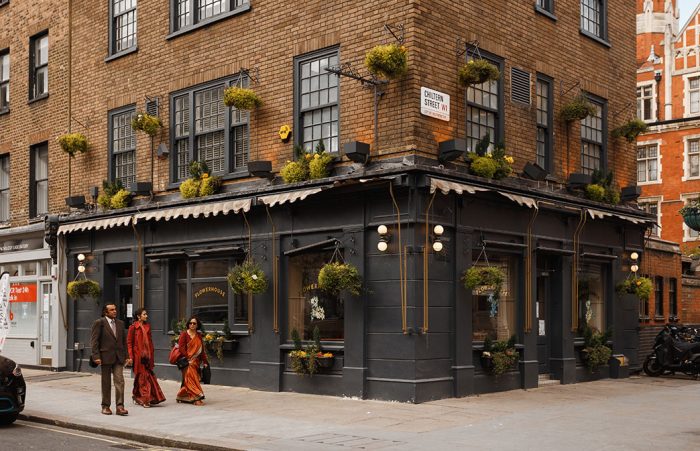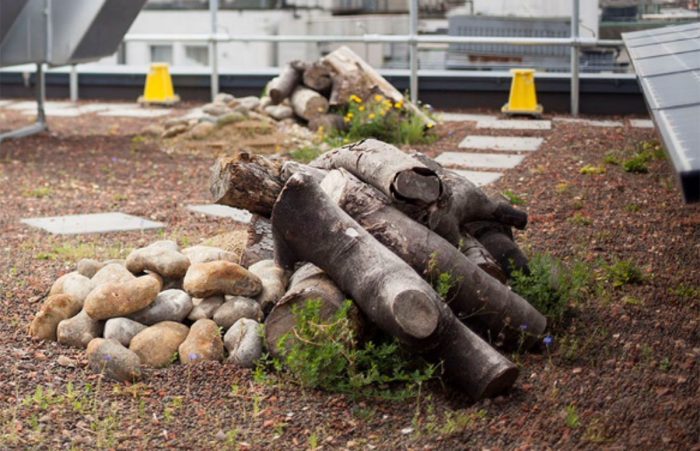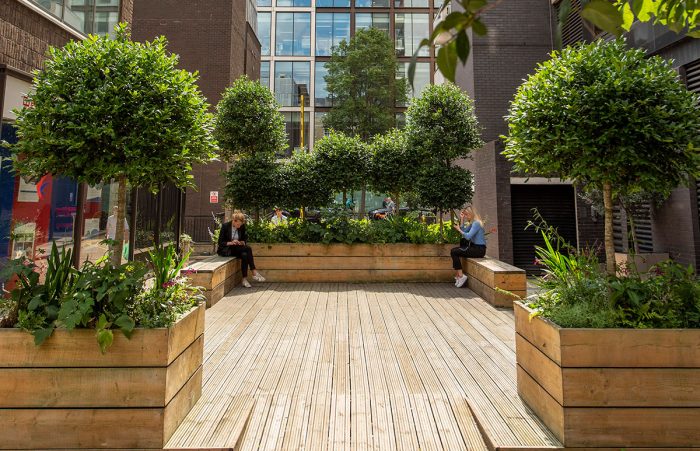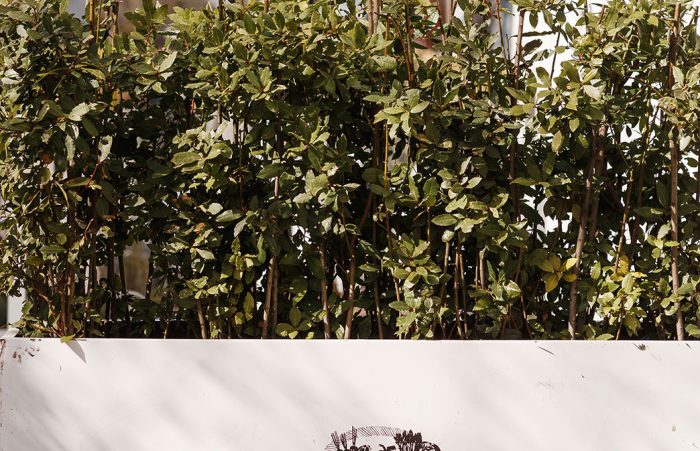
Urban Greening
The aim of this guidance note is to provide advice to local businesses about how to create new planting and urban greening projects in privately- owned spaces across the Quarter. Urban greening is vital not only to make the area a more attractive place to visit, work and live but also to ensure that Baker Street Quarter is a healthy, green, biodiverse and thriving neighbourhood that is resilient to climate change.
We are keen to get you thinking not just about your own property, but about working with your neighbours and street to make a bigger impact. Businesses can work together to provide a mix of planting and habitats for wildlife at street level, on facades and at roof level to create greener streets and corridors for wildlife. We are aware that greening interventions need to make business sense and offer value for money, so we have provided a range of ideas at different scales and for different budgets.
What are the benefits of urban greening on London’s streets?

Biodiversity
Installing planting and habitat features, such as bat and bird boxes and insect hotels, can attract wildlife back into the area and increase biodiversity.
Climate
Incorporating planting can help improve air quality, slow down surface water, reduce risk of flooding and provide urban cooling and shade on hot days or in heat waves.
Wellbeing
Greening projects can provide opportunities for customers to engage with spaces through social interaction and to share skills.
Community Participation
Installing planting and habitat features such as bat and bird boxes, and insect hotels can attract wildlife back into in the area and increase biodiversity.
Marketing & Branding
Greening can improve your customer’s experience and be part of your branding strategy by making an impact on the street to draw customers in.
Wayfinding
Distinctive planting can act as a landmark, aid wayfinding, act is a tool for people to recognise your street or business as a ‘green destination’.General guidance for urban greening projects:

Design services
Installing planting and habitat features such as bat and bird boxes, and insect hotels can attract wildlife back into in the area and increase biodiversity.

Materials
Depending on the scale and nature of your project you may want to work with a planting designer, artist, ecologist and/or landscape architect to help you design your project.

Installation
When installing greening projects in public places or on the highway it is very important to consider health and safety and work with competent contractors with the correct experience.

Permissions
Installing planters and undertaking works on the highway requires permission from the Local Authority and may also require a license or planning permission more information can be found here. Also, if you are not the building owner, you will need to check with your landlord or freeholder.

Management
You will need to consider surveillance and management of your green space, e.g. how you will prevent vandalism or anti-social behaviour, deal with cleansing and managing litter and use during day and night.

Maintenence
It is important to consider maintenance e.g. how your planting will be repaired or replaced if damaged. To reduce cost and energy consumption it is best to avoid planting that needs intensive management and irrigation.

Measuring Impact
We would encourage you to always measure the impact of your planting and urban greening projects for example undertake an ecological or customer survey before you start and after you finish your project. Information on project monitoring from the Wild West End initiative can be found here.

